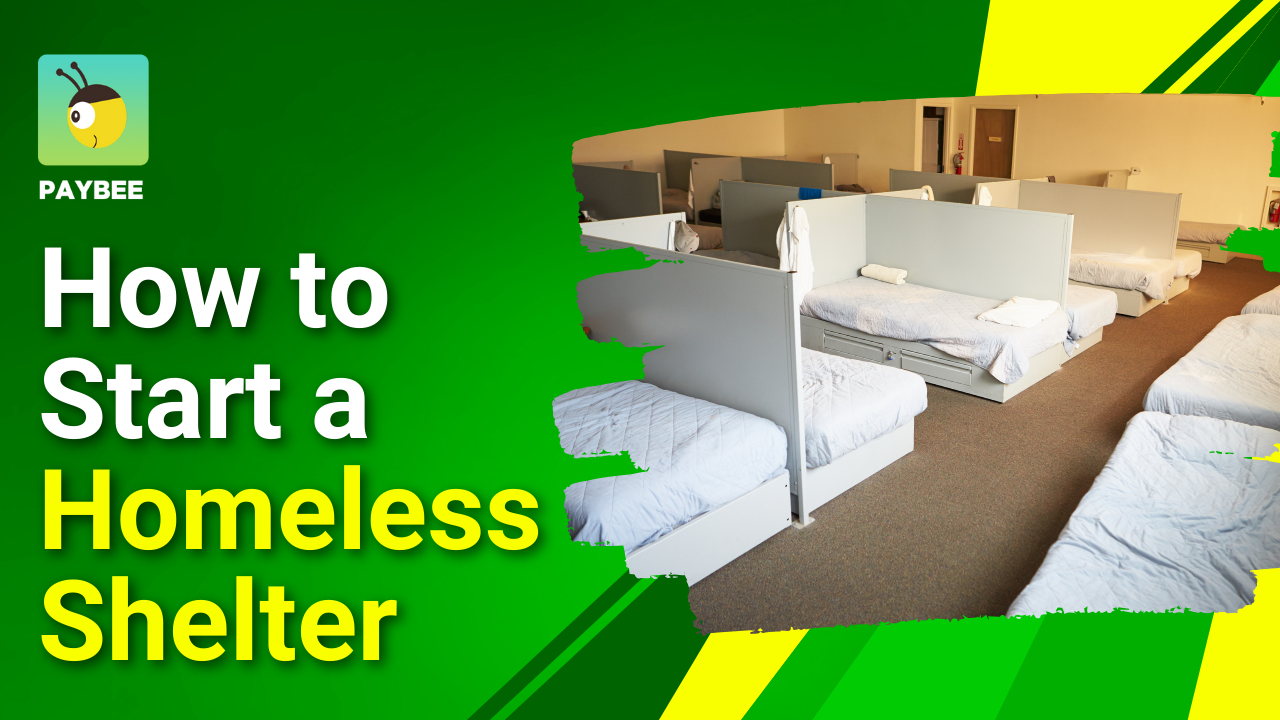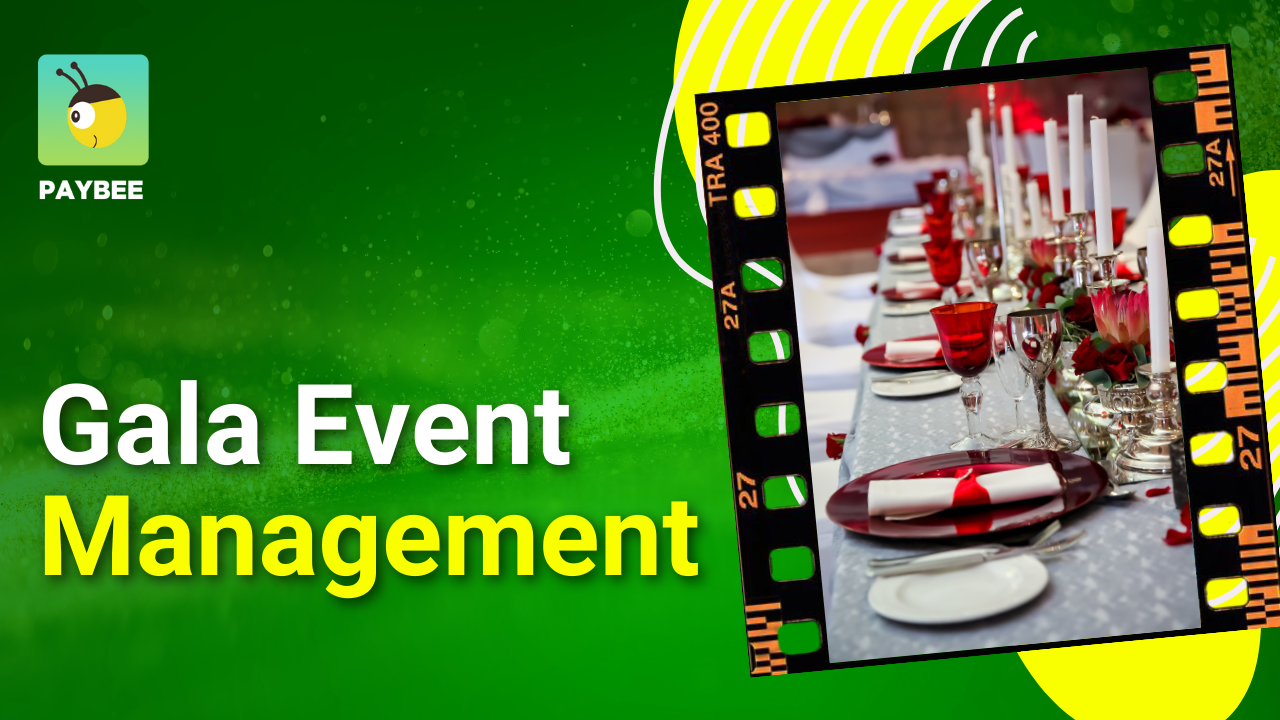
Mastering Silent Auction Pricing: Price Strategies for Your Silent Auctions
Mastering Silent Auction Pricing: Price Strategies for Your Silent Auctions
The art of setting silent auction pricing can be a tricky endeavor for nonprofits and charities. Knowing your item's fair market value (FMV) is key to creating a fair starting bid. However, with intangible things, the retail price can vary greatly depending on the interest level of the people attending.
To ensure your event surpasses its auction goal, you must have a process for selecting the starting bid, bid increments, and pricing for auction items. Here are some suggestions on silent auction pricing to help you get the most out of your next charity event. Setting a fair price for the starting bid, using auction software to manage bidders, and keeping people interested in your auction items is essential. With this comprehensive guide, you can learn how to maximize your potential for success.

Pricing Silent Auction Items
Pricing your auction items correctly is critical to any charity event. It involves identifying the price, fair market value (FMV), minimum bid or starting bid, and other features for each of the auction items. Here's a guide to help you price each item effectively.
The Basics of Pricing
Before you dive in to set the price for your auction items, it's essential to understand the basics of auction pricing. Your auction items' prices should encourage bidding and competition. To do this, consider the audience's interests and demographics and account for the items' value. Also, ensure the items are priced at or below FMV.
Consider the Audience
When pricing your auction items, consider the audience attending the auction. Your guests' interests and financial situation should guide your pricing strategy. For instance, if your event is geared towards high-net-worth individuals, consider pricing luxury or unique items higher.
Keep Items Relevant and Competitive
Ensure each item in your silent auction remains relevant and competitive with current market trends. Your auction approach should account for this, with a fair starting bid that reflects the item's value (FMV). In addition, avoid listing your items too high, as it may deter people from participating. Understanding the price auction bidders are prepared to pay is crucial to your success.
Set Minimum Bid to Ensure Fair Starting Bids
Set a minimum bid to ensure each item in your silent auctions has a fair starting price. The minimum bid is the lowest amount a bidder can place for an item. This system sets a price floor, preventing things from selling below their appropriate item FMV at your auction.
Be Strategic with Item Groupings
Consider grouping items with similar values (FMV) that appeal to the same people or bidder demographic. This method can increase bidding at your charity auction event, especially if the items are complementary. People will be more likely to bid on multiple auction items.
Price Items Competitively
Provide competitive pricing that encourages bids to raise funds for your auction. Use your auction items' value and starting price as a guide, and research similar items in the market to gauge their worth. The competitive price may even go above the item's FMV when you are fundraising in this way.
Set a Bid Increment Schedule
Creating a bid increment schedule will facilitate the bidding process and ensure the item's price goes up in increments. This technique will prevent bidders from placing small incremental increases, delaying the process and decreasing fundraising.
Choose the Right Time to End
Timing is essential when ending your silent auction. Choose a time when bidder interest is at its peak to encourage final bidding. This approach will maximize earning potential above FMV while ensuring everyone has an equal opportunity to place their final bids at your event.
Highlight Your Best Items
Use images and descriptions to showcase your top items and drive bidding on the day of the auction. This method will create buzz and interest around bidding on specific auction items, increasing their chances of reaching the retail price or going above their FMV.
Show the Value of Each Item
Highlight the value of each silent auction item to encourage more active participation. This technique can create more competition, increasing bidding on your items.
Following these silent auction tips will create a successful event that maximizes fundraising potential and benefits your nonprofit. Don't forget to use auction software to ensure your auction runs smoothly.
Silent Auction Pricing Tips
Are you still struggling to set the correct rates for silent auction items? Here are some additional tips to help you maximize your silent auctions' fundraising potential:
Check Online Sources
Research online sources to get pricing ideas for your silent auction items. By checking similar items' prices, you'll gain an understanding of what's reasonable and how to set a fair starting value for your item.
Consider Retail Price
When establishing the price for your auction items, always remember their tangible and intangible value. Selecting starting auction bids that reflect the item's fair market value (FMV) is paramount. Choose a starting auction bid price to attract the audience and avoid overpricing your items.
Avoid Even Dollar Amounts
Use pricing to generate appeal and prevent tie bids for your auction items. Change from even dollar amounts to odd ones, such as $21.00 or $47.00. This approach may encourage people to bid an extra dollar to win the item, increasing competition.
Offer Unique Items to Generate Interest
Offer items that potential bidders have not seen before, unique or rare, to drive curiosity about your auction event. Special items can attract excitement and generate buzz around the auction, increasing appeal and overall funding.
Get Creative with Bundles
Create bundles of items that fit into a particular theme or use them to boost attraction. Bundling items can increase the event's excitement through themed baskets, resulting in more competition for different items.
Group Items by Theme
Consider grouping your auction items by theme or category when setting auction prices. Create groups of similar things with similar values to increase your bid potential. The grouping could be product type, color, brand, or target market. The people who attend your auction will likely be drawn to similar items.
Set Minimum Bids to Protect Against Low Auction Prices
Set a minimum auction bid that reflects the item's FMV to avoid prices that are too low, leaving you with low sales. That way, even if there are no other auction bidders, there is at least a reserve bid floor.
Use a Bid Sheet
Using an auction bidding sheet can make the process easier and more efficient. You can track various auction bidder information, including email or phone contact for follow-ups, winning auction bids, and the item being bid on. A clear record of the auction bidding process simplifies things for both the auctioneer and the bidders.

Don't Overlook Smaller Items
Don't forget the strategy of adding smaller items, such as gift cards or event tickets, to your auction items. They can still generate interest, especially when bundled with other things, and add to the overall auction bottom line.
Keep Bidding Intervals Small for More Active Auctions
Try setting smaller bidding intervals to increase the number of bids per item. Smaller intervals will produce more action, interest, and competition from the people participating in your auction. This process can create excitement, increasing the number of bids per item and ensuring you capture a higher overall auction price.
Following these silent auction pricing tips, you can set up and maximize your bidding potential and fundraising and ensure a successful event. Don't forget to seek guidance and input from your auction software and mobile platform to make the silent bidding process smoother.
Consignment Auctions as an Alternative
If setting starting prices for individual items remains challenging, consider setting up a consignment auction. This type of auction allows donors to set their prices and keep the excess proceeds from winning bids. It can be a great way to maximize your earning potential and encourage more donations. These could be tangible items like furniture or artwork or intangible items like services and vacation packages.
Fair Market Value | Setting Silent Auction Starting Bids and Bid Increments
To ensure success, setting fair market value (FMV), starting bids, and bid increments correctly is critical. Here’s a guide on how to do this:
Understanding Fair Market Value in Auction Pricing
Knowing the FMV will help determine the appropriate starting bid and bid increments for your items. FMV is the objective value of an auction item based on its market price, condition, and demand. Do some research to establish the FMV of each item to avoid overpricing, underpricing, or legal issues.
Setting Starting Bids
Starting bids for silent auctions are the baseline that sets the course for an auction item’s final price. Set the starting bid at 30 to 50% of the FMV, depending on the item's demand, uniqueness, and interest level. Consider increasing the starting bid if items are rare or highly sought after.
Setting Increments to Encourage Competition
Bid increments are the minimum amounts required for bidders to increase their bids. Higher bid increments will deter some auction bidders from competing, while lower ones may stall the bidding process. Carefully choose bid increments that encourage competitive bidding. The auctions increments should be smaller initially and increase as the auction continues.
Structured Bidding
Use a structured bidding system for your items to ensure a successful auction. Start with the item's FMV and set the starting bid at 30% of the FMV. From there, create an auction bid increment schedule that increases the bid increment amount as the bidding goes up.
Event Software
The right auction management software can help you manage auction pricing elements effectively. Paybee is an innovative auction software that can help you streamline the silent auction pricing and bidding process. With real-time tracking of bids, automatic bid increments, and mobile compatibility, Paybee can help make your auctions run smoothly.
The software also offers customizable bid increments and automated tools to track your auctions. With Paybee, you can be confident that your silent auction will succeed.

Final thoughts
The final word on setting up an effective and successful auction is that it requires a comprehensive understanding of FMV, auction pricing, the proper starting bid, auction bid increments, and competitive auction item strategies. Auction software can help you streamline the auction process, keeping account of and control over features leading to successful auctions.
Understanding how to consign items, set up effective and engaging live and mobile platforms, use data and research to find the best starting price for your auction items, and employ bidding increments will help to maximize your silent auctions' earning potential. Don't forget to keep guests engaged through live platforms, use proper bidding intervals, and highlight unique items to make the silent auction experience memorable.
Paybeee is the perfect auction management tool. Its real-time tracking, automated bidding increments, and mobile compatibility can help ensure a successful auction. Use Paybee and all the best practices outlined here to make your auction stand out and maximize your auction profits!
Start Fundraising





